Kraków City
We invite you to attend the SolMech 2026 Conference and explore the beautiful of Kraków city.
We also encourage you to visit local museums and take part in various cultural events.
We invite you to attend the SolMech 2026 Conference and explore the beautiful of Kraków city.
We also encourage you to visit local museums and take part in various cultural events.
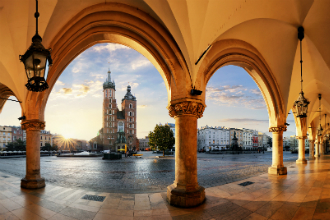
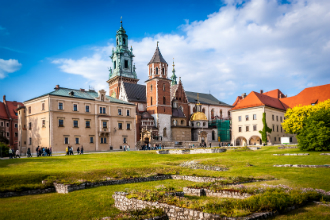
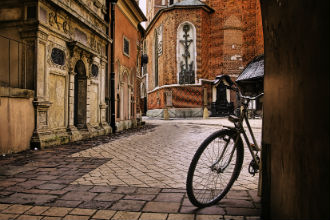
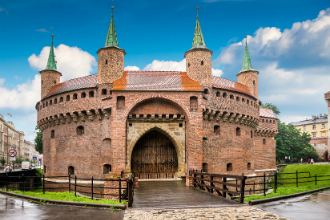
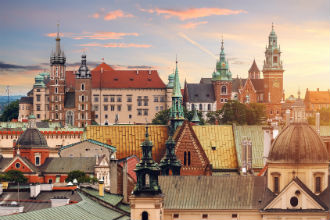
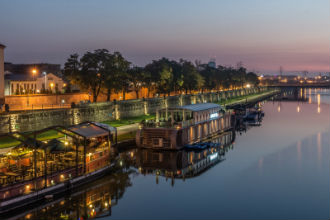
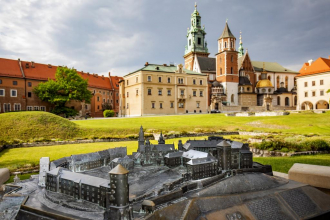
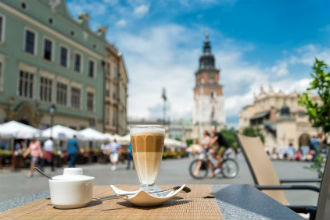
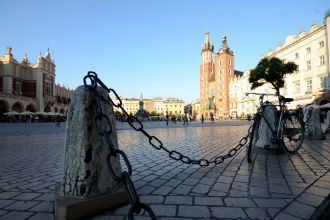
The royal city of Kraków is a unique symbol of Polish national identity. Enchantingly picturesque, rich in relics of all epochs, it represents the thousand-year-long history of the Polish nation.
In Kraków you can admire many different styles of architecture, unique Romanesque objects, monumental Gothic edifices, and masterpieces by some of the most outstanding architects of the Renaissance and Baroque period. Kraków has always been a centre of Polish culture and science. Damaged by fires, wars and foreign occupation, it has always revived and continued to fascinate with its beauty.
As long ago as the 11th century Kraków became the capital city of Poland. The Royal Castle and cathedral on Wawel Hill was the coronation and burial place of Polish monarchs.
In the 13th century the layout of the city, which has been preserved till today, was established with what is still one of the biggest market squares in Europe, a Gothic-Renaissance Cloth-hall (Sukiennice) and the Town-hall tower. The city fortification system was built in the 13-15th centuries, parts of the wall, four turrets and a barbican have survived to this day. The site of former walls has been replaced by a green belt called Planty.
In the 14th century the Academy of Kraków (later the Jagiellonian University) one of the oldest universities in Europe was founded. Nicolaus Copernicus (Mikołaj Kopernik) was one of its students.
Kraków is renowned for its numerous old churches, including the Gothic St. Mary's Church famous for its magnificent altar carved by Wit Stwosz.
Probably the most famous landmark in Kraków is Wawel Castle situated on Wawel Hill overlooking the Vistula river. This Renaissance castle boasts a beautiful arcaded courtyard, magnificent interiors and the famous Flemish tapestries.
Alongside the Renaissance castle, Kraków also has a number of beautiful palaces from the same period. These belonged to the rich citizens of the city. One example is the Pod Baranami Palace.
After the partition of Poland (by the end of the 18th century), Wawel became a necropolis for national heroes (Prince Józef Poniatowski, Tadeusz Kościuszko) and poets (Adam Mickiewicz, Juliusz Słowacki). In this period many museum collections were founded, such as the art collection of the Czartoryski Family (with Leonardo da Vinci's “Lady with an Ermine”).
Kraków was once home to one of the largest Jewish communities in Poland. Beginning in the 14th century, the Jewish population had lived in the district of Kazimierz, which was then practically abandoned after the Second World War. Only recently has it been transformed into one of the most vibrant and charming parts of the city.
In 1978 Kraków was entered in the UNESCO World Heritage Register.
SolMech2026 will be held in the Interfaculty Education and Research Center “Działownia” situated at 24 Warszawska Street in Cracow (Międzywydziałowe Centrum Edukacyjno-Badawcze “Działownia” on the map below) on the campus of the Cracow University of Technology. The campus lies in the city centre near the Old Town and in the vicinity of the main railway station “Kraków Główny”.
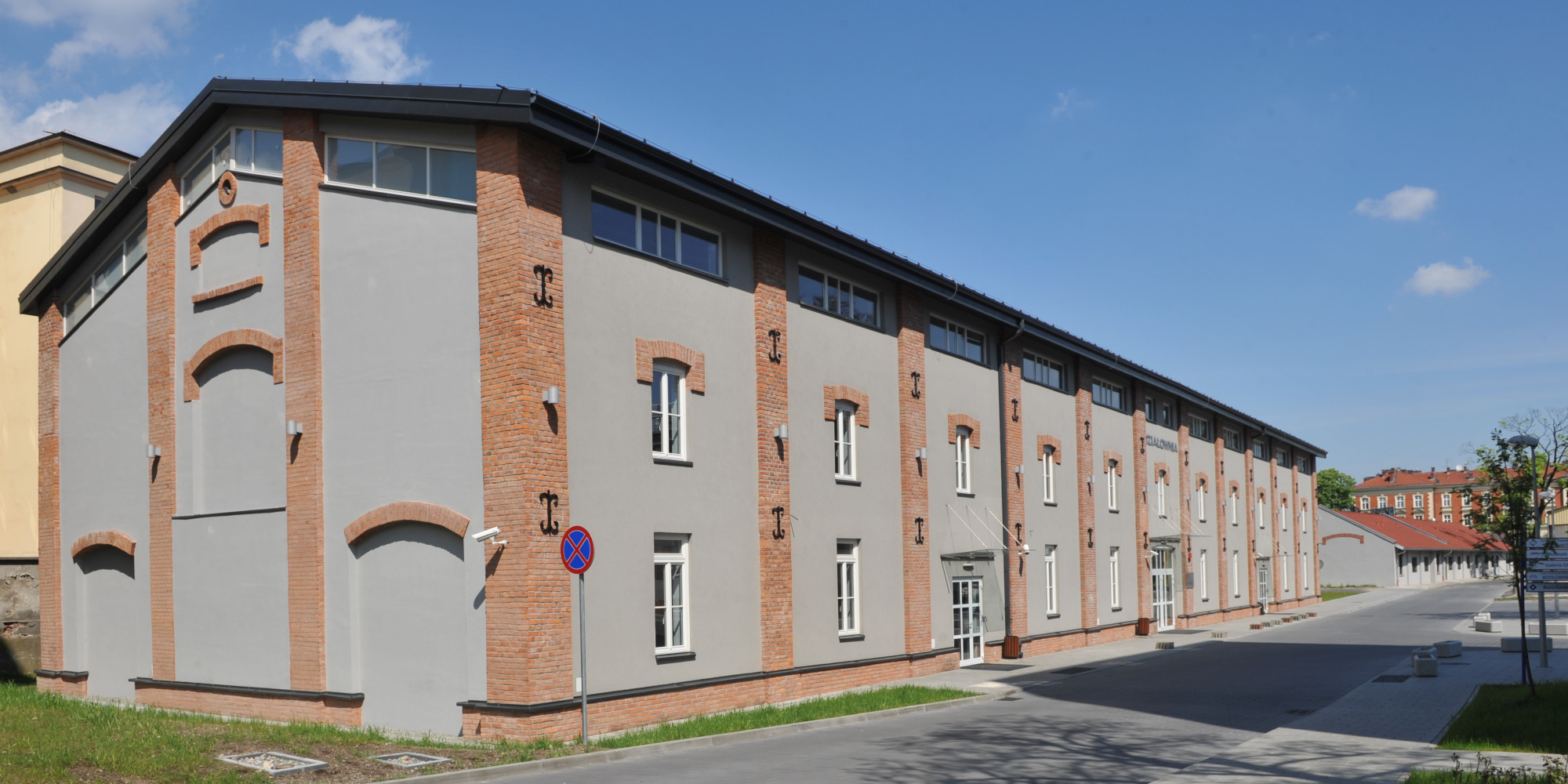
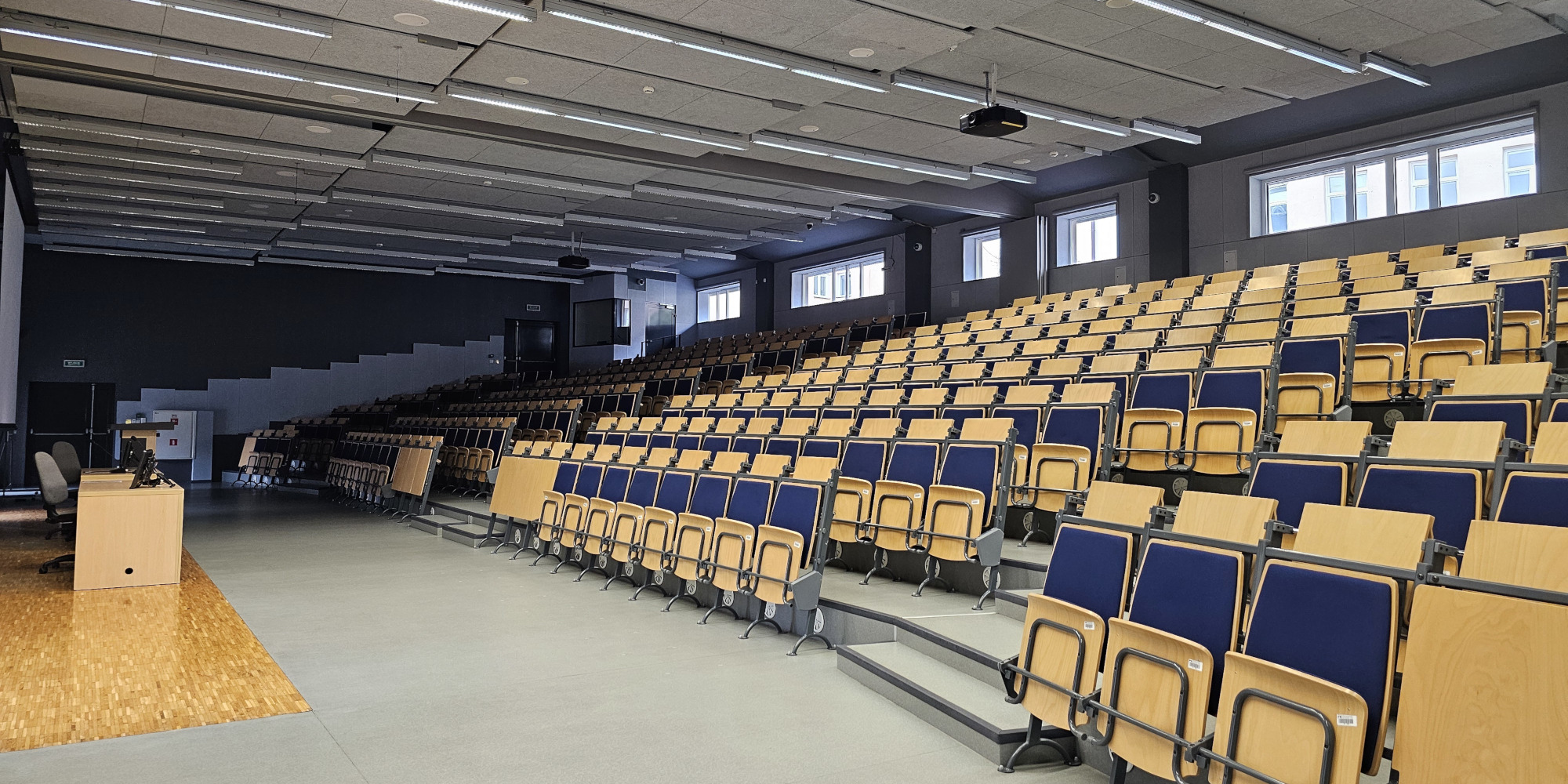
Poland is a member of the European Union and of the Schengen Area. Citizens of the EU and Schengen Area countries do not require visas to enter Poland. There are also countries outside the EU and Schengen Area whose citizens do not require Polish visas.
Detailed information about visa requirements is available on the website of the Ministry of Foreign Affairs of the Republic of Poland: https://www.gov.pl/web/diplomacy/visas
It is the sole responsibility of the attendee to take care of his/her visa requirements. Attendees who require an entry visa must allow sufficient time for the application procedure. Attendees should contact the nearest Polish embassy or consulate to determine the appropriate timing of their visa applications. It is recommended to apply for a visa at least 3 months in advance of SolMech 2026.
The Conference Secretariat can provide invitation letters required for visa applications to participants who have registered and paid the conference fee. In order to request an invitation letter, please contact us at solmech2026@ippt.pan.pl
The invitation letter does not financially obligate the Conference Organizers in any way, nor does it guarantee obtaining an entry visa to Poland. All expenses incurred in relation to attending the Conference are the sole responsibility of the participant.
The Conference Organizers and/or the SolMech 2026 Scientific Committee will not directly contact embassies and consulates on behalf of delegates.